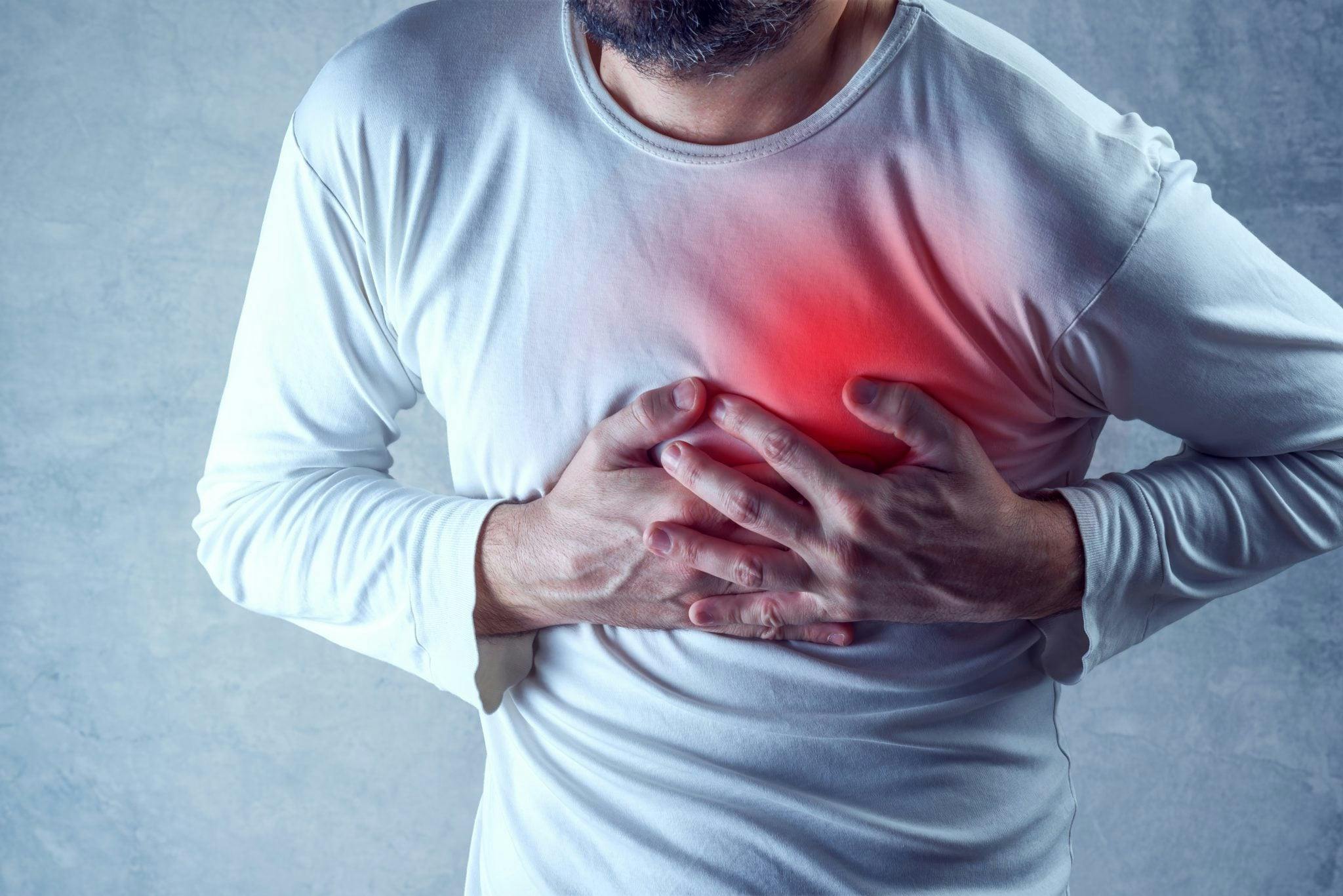
2024-07-12T16:54:51
Sunscreen Travel Tips
- Dermatology
October 9, 2017 | Cardiology

A heart attack, which occurs when the flow of blood to the heart is blocked, can be fatal. Immediate medical attention in the case of a heart attack is vital, and in many cases, this means recognizing the common signs and symptoms of a heart attack. Most heart attack symptoms tend to start slowly with mild pain and discomfort, though some can be sudden and intense. Here are the basics on signs and symptoms of a heart attack, plus how to respond.
Basic Symptoms
The following symptoms may signal a heart attack:
Not all heart attacks will show the same symptoms or the same severity of symptoms. In some cases, no symptoms will be present. The more signs and symptoms, however, the greater the likelihood a heart attack is occurring.
WRITTEN BY:
The Live Better Team


2024-07-12T16:54:51

2024-07-02T11:42:04

2024-07-01T13:49:28

2024-06-21T14:29:51
This information is not intended to replace the advice of a medical professional. You should always consult your doctor before making decisions about your health.